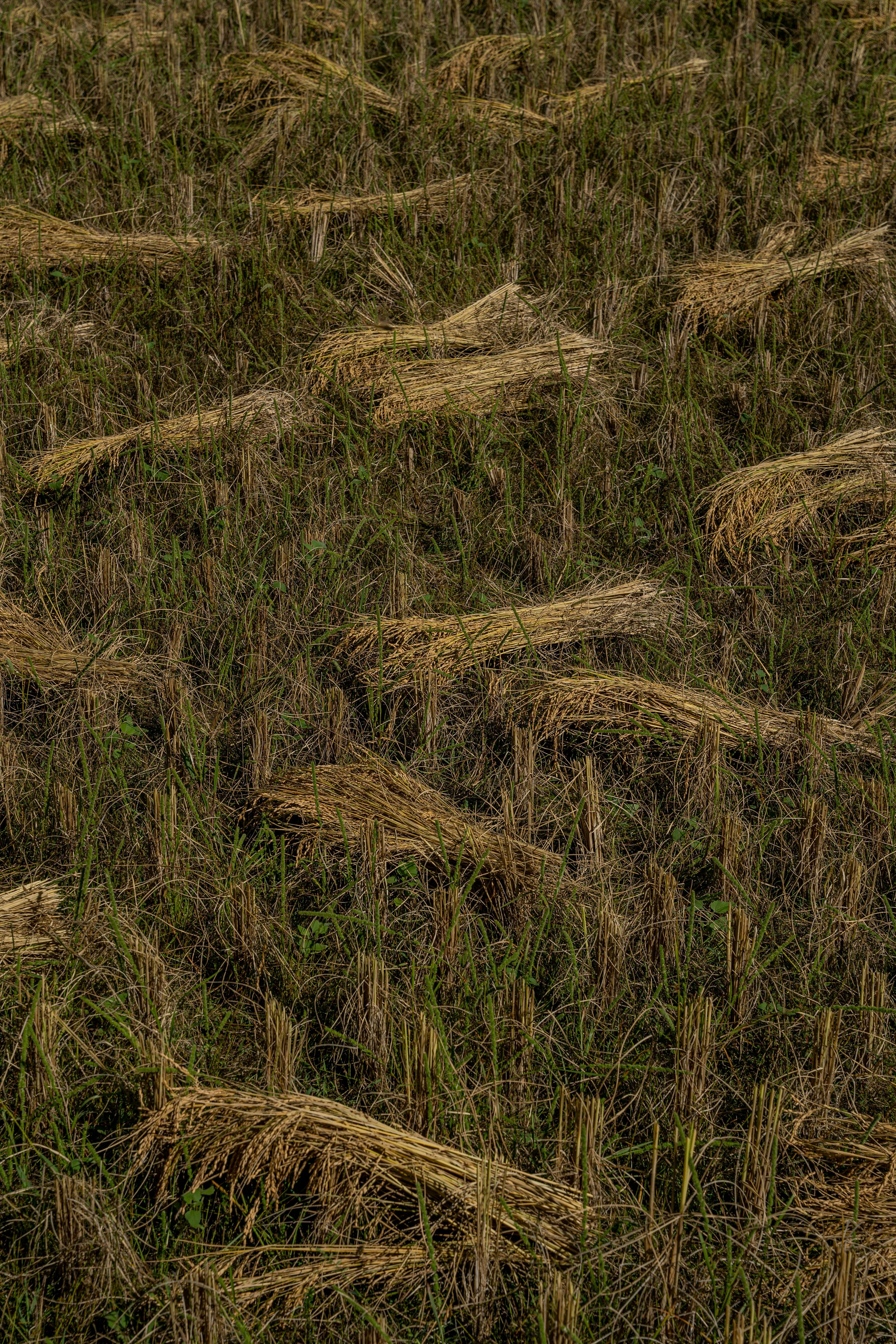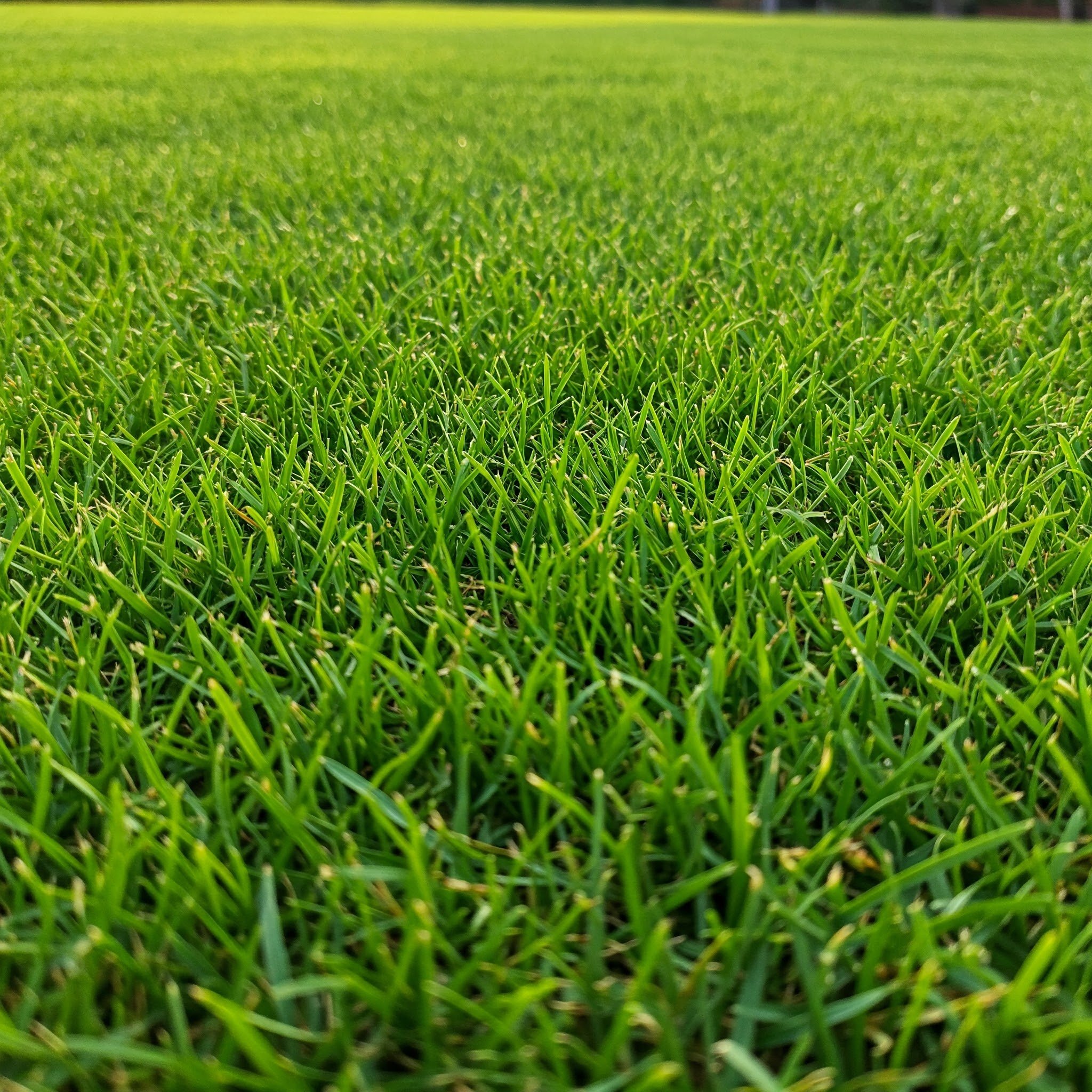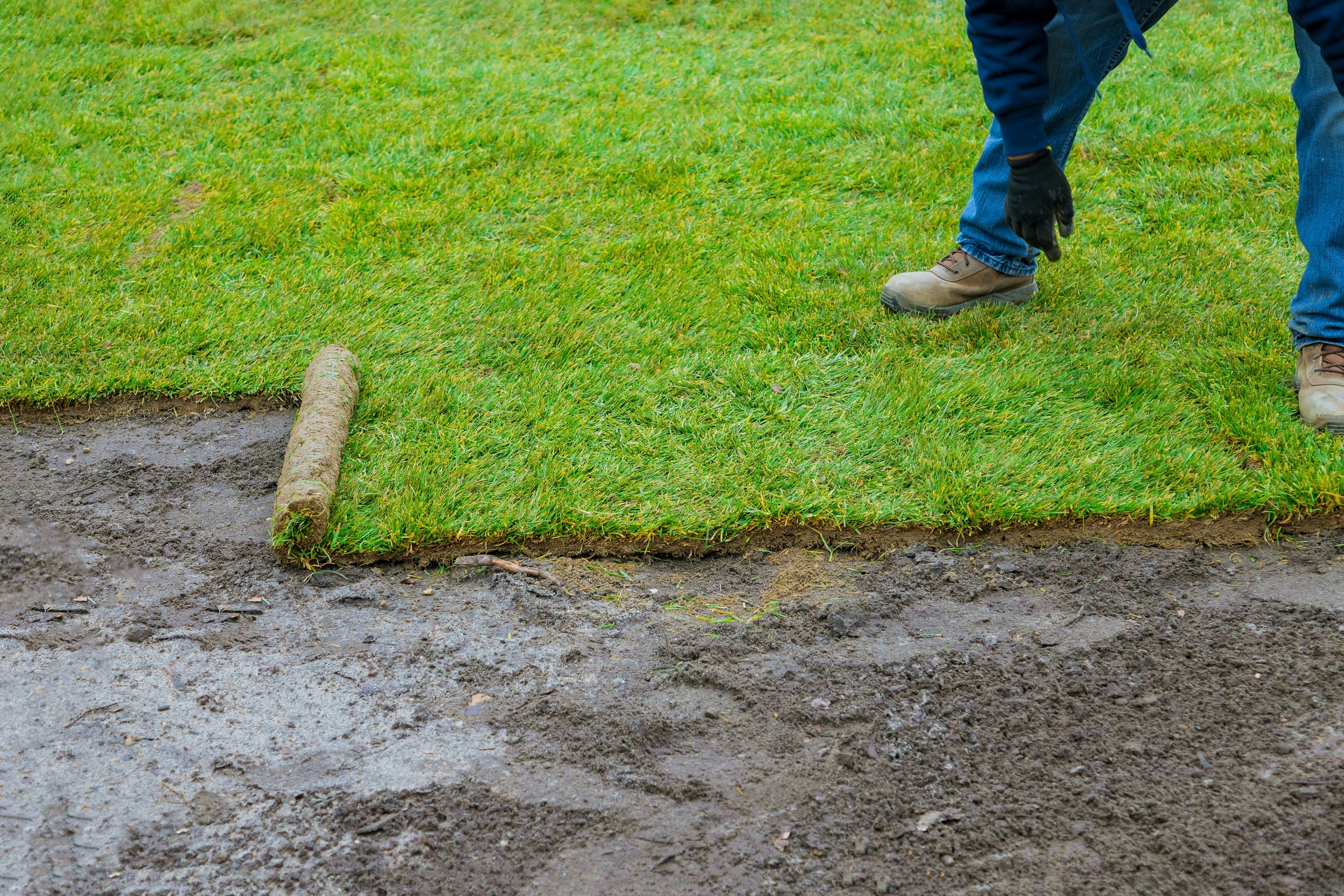Dormant Grass vs Dead Grass: How to Tell the Difference
Unravel the mystery between dormant and dead grass with our in-depth guide. Learn the signs, causes, and revival tips to keep your lawn lush and healthy.
Have you ever gazed out at your once-vibrant lawn only to feel like you’re staring into the eerie expanse of 'Sleepy Hollow' instead of the picturesque 'Field of Dreams'? It’s enough to make any gardening enthusiast grab the watering can in a frenzy. But before you go overboard with hydration, take a breath and assess the situation. Your grass might not be dead after all—it could simply be in a state of dormancy. Distinguishing between dormant grass and truly dead grass is crucial, as it can save you time, money, and unnecessary labor. Understanding these differences ensures you apply the right care techniques, whether it’s reviving a slumbering lawn or deciding it’s time for a fresh start. In this comprehensive guide, we’ll explore the key signs that separate dormant grass from dead grass, empowering you to make informed decisions and keep your lawn lush and healthy year-round.
The Lowdown on Dormant Grass vs. Dead Grass
Grass isn't just the stuff at your feet—it's a living organism that reacts to its environment. When the going gets tough, grass can go dormant as a survival strategy. Let's break down the what's-what and who's-who in the world of grass cycles.
What Makes Grass Go Dormant?
Temperature Extremes: Extreme temperatures, whether excessively hot or cold, can cause grass to enter a dormant state. During dormancy, grass appears brown and lifeless as it conserves energy to survive harsh conditions. Recognizing temperature-induced dormancy allows you to apply appropriate lawn care measures, ensuring grass recovers once favorable weather returns.
Water Shortage: During droughts, grass enters a survival mode, shutting down its growth to conserve energy and retain moisture. This results in a brown, dormant appearance while the roots remain intact beneath the surface. Understanding this response helps you implement proper watering and care strategies to revive your lawn once rainfall returns.
The Signs of Dormant Grass
Color Changes: When grass adopts a straw-like color, it often signifies dormancy rather than death. During stressful periods like extreme heat or drought, dormant grass conserves energy and moisture by reducing its growth and turning brown. This temporary state allows the lawn to survive adverse conditions, and with proper care, it can rejuvenate and regain its green vitality once favorable weather returns.
Spring Back Test: To assess your lawn's health, gently step on the grass. If the blades bounce back after being stepped on, it indicates the grass is dormant, conserving energy to survive harsh conditions. However, if the grass remains flat and doesn't recover its shape, it may be dead and require further attention or replacement.
Uniformity: Dormancy typically impacts the entire lawn uniformly, signaling a natural response to environmental stresses such as extreme heat or drought. When the whole area turns brown evenly, it indicates that the grass is conserving energy and moisture to survive harsh conditions. This uniform dormancy contrasts with patchy discoloration, which may suggest other issues.
Dead Grass: The Grim Reaper of Lawns
Unlike its dormant cousin, dead grass doesn't make a comeback. Here's how to tell if it's time to start over:
Signs That Your Grass Has Crossed the Rainbow Bridge
Persistent Browning: If parts of your lawn consistently remain brown and lifeless through various seasons, it may indicate that the grass is dead. Persistent discoloration without any signs of recovery suggests these areas are no longer viable, requiring further evaluation or possible replacement to restore your lawn’s health and vibrant appearance.
No Growth: Dead zones that show no new growth during the growing season are likely permanently gone. Persistent brown, lifeless areas indicate the grass has failed to recover from stress or damage. Recognizing these irreparable spots helps you decide to reseed or replace them, ensuring your lawn remains healthy and vibrant overall.
Patchiness: Unlike uniform dormancy, where the entire lawn turns brown evenly, dead grass typically appears in patches. These uneven, lifeless spots indicate that specific areas of the grass have died rather than entered a temporary dormant state. Recognizing patchy dead grass helps you target restoration efforts effectively to revive your lawn.
How to Tell the Difference: Dormant Grass vs Dead Grass
Now, let’s dig deeper with some hands-on tips:
Step-by-Step Guide to Diagnosing Your Grass
Perform the Tug Test:
Gently tugging on brown grass helps determine its condition. If the blades come out easily, the grass is likely dead and may need replacement. In contrast, dormant grass remains firmly rooted, conserving energy to revive when conditions improve. This simple test allows you to assess whether areas require restoration or can recover naturally.
Check the Crown:
The crown of the grass, located at the base of the blades near the soil, should appear white or cream-colored when dormant. If the crown is brown or mushy, it indicates that the grass is likely dead. This sign helps you determine whether to rejuvenate or replace affected areas of your lawn.
Watering Test:
Water your lawn lightly and wait a few days to observe any changes. If the grass begins to green up, it was likely merely thirsty and in a dormant state. However, if there is no improvement despite adequate watering, this lack of response may indicate that the grass is dead. Use this test to determine the next steps for lawn care.
Tools That Can Help
Moisture Meter: To ensure you’re not over or under-watering, regularly check your lawn’s moisture levels. Use a soil moisture meter or the finger test to determine if the grass needs more water. Adjust your watering schedule based on these observations and weather conditions to maintain optimal lawn health and prevent stress or damage.
Soil Test Kit: Inspect your lawn for nutrient deficiencies or pH imbalances that can impair grass health. Conduct soil tests to determine nutrient levels and pH, ensuring they fall within optimal ranges. Address any issues with appropriate fertilizers or soil amendments to promote robust growth and prevent problems that could lead to dormancy or dead patches.
Pro Tips for Managing Dormant Grass
Water Wisely: Even dormant grass needs proper hydration. Water deeply but infrequently to promote strong root growth, which enhances resilience during stressful conditions. This watering method encourages roots to extend deeper into the soil, ensuring the grass can efficiently absorb moisture and nutrients. Maintaining this practice helps dormant grass stay healthy and ready to thrive when conditions improve.
Hold the Fertilizer: Avoid fertilizing dormant grass because it cannot effectively absorb nutrients during this period. Applying fertilizer to weakened, inactive blades may cause burn damage, further stressing your lawn. Instead, wait until the grass exits dormancy and begins actively growing to ensure it can utilize the nutrients properly, promoting healthy recovery.
Limit Lawn Traffic: Minimize foot traffic on dormant grass to protect its fragile crowns. Walking on weakened blades can crush them and disrupt the root system, making it harder for the grass to recover once favorable conditions return. By keeping off the lawn during dormancy, you help preserve its structure and ensure healthier regrowth in the spring.
Conclusion
Whether your grass is simply taking a temporary rest or has truly perished, distinguishing between dormancy and death is essential for effective lawn care. With the insights and strategies provided, you’re well-equipped to maintain a healthy, resilient lawn that can endure the ever-changing challenges of Mother Nature. Remember, while it might seem like the grass on the other side is greener, with the right care and attention, your own lawn can be just as lush and vibrant. The next time you gaze out at your yard, you’ll confidently know whether your grass is merely resting up or if it has moved on to greener pastures. By applying these techniques, you ensure your lawn remains a beautiful and thriving part of your home, capable of bouncing back and flourishing when conditions become favorable. Embrace these practices to achieve a verdant, healthy lawn that stands the test of time.
Read next: Why Your Grass Is Yellowing and How to Fix It
Frequently Asked Questions
How long can grass stay dormant without dying?
Typically, grass can survive 3-4 weeks of dormancy without significant damage.
Unfortunately, once grass is dead, it cannot be revived. Re-seeding or sodding might be your next steps.
Does dormant grass need to be mowed?
Generally, no. Mowing dormant grass can stress it further. Only mow if absolutely necessary and even then, keep the blades higher than usual.
What preventive measures can I take to avoid dormancy?
Proper year-round lawn care, including appropriate fertilization, aeration, and watering, can prevent or minimize dormancy.
Is it better to leave grass dormant or try to revive it during a drought?
If a drought is severe, it's sometimes better to let grass remain dormant. Excessive watering can be wasteful and costly without guaranteeing revival.











